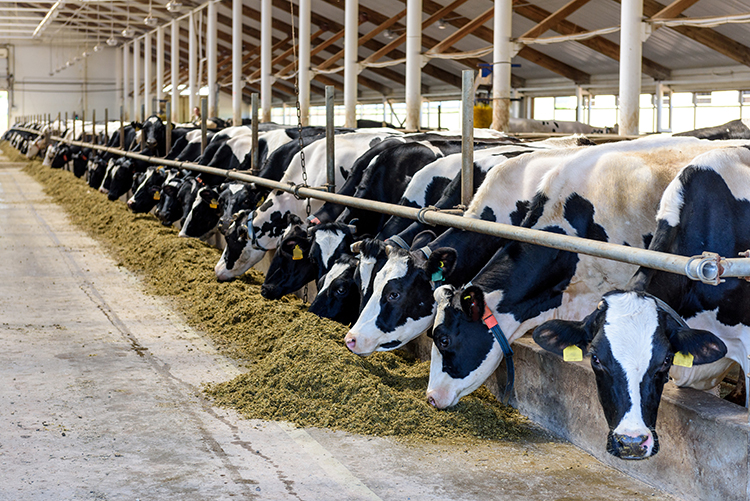
If you’re a dairy farmer, you may have noticed something about the subject of enteric methane reduction: It often comes with no shortage of emotion, conflicting opinion, and misunderstanding. The thing you may not have noticed is in the details. With the right feed additive, reducing enteric methane can be profitable for you.
There can be a financial incentive for reducing enteric methane. It is, simply, improved feed efficiency and increased energy-corrected milk.
The frustration you may feel – that many dairy farmers feel right now today – over the methane blame game is understandable. Agriculture is hardly the only and certainly not the biggest contributor to greenhouse gas emissions. Dairy farmers should not be solely responsible for the cost of reducing enteric methane.
If you’re going to reduce enteric methane, you should get paid for it. After all, the manufacturers searching their supply chains to find those who can help them reduce their carbon footprints are looking for a pay-off.
You, the farmer, are first to profit
Right now, dairy farmers are safely feeding a blend of essential oils — plant extracts — and seeing strong returns while reducing enteric methane.
A published research trial on a New York commercial dairy showed a demonstrated return of $0.72 gain per cow per day for the cost of about $0.05 per day. That is a 14:1 return.
A 23-trial published meta-analysis showed that the essential oils blend had a positive effect on energy-corrected milk yield (+4.1%) and decreased methane emissions (−10%) without affecting feed intake.
An additional published study from UC-Davis reported that enteric methane was reduced by 11.2% per unit of milk and enteric ammonia was reduced by 18% by this blend of essential oils.
Beyond the production benefits that come from feeding this product, farmers can be paid carbon credits for the methane reductions.
“The research is clear that reducing methane energy losses can translate into improved milk yield or other energy requiring functions. Research based on specific blends of essential oils have shown them to be a cost-effective solution for both methane reduction and productivity improvements.”
-Dr. Mike Hutjens at the University of Illinois
Manufacturers are second
Understandably, some farmers believe that big consumer brands care more about reducing their carbon footprint for marketing purposes than they care about how it gets done.
Our experience is that major consumer brands are definitely concerned for dairy farmers – and remain eager to continue using real milk in their products. They’re investing millions of dollars into the U.S. dairy industry. It’s true some also consider consumer preferences for products that are not dairy based. It doesn’t mean these brands have stopped supporting the dairy industry.
Your end customer is third
True, several consumer brands selling dairy products are also offering plant-based options. But it’s also true that when consumers view dairy products as having been produced in a more environmentally positive manner, brands can better maintain their dairy-loving customer base and win over new ones.
The potential is a win-win-win.



